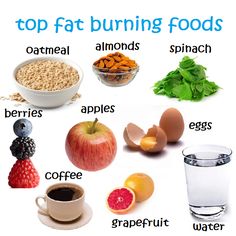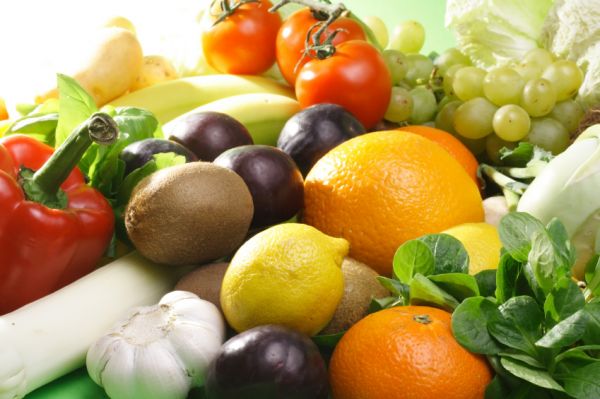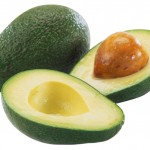By Anthoney J. Andersen – Steroidal.com
Lean. Ripped. Shredded. Jacked. Pumped.
If you’ve ever been inside of a gym, then you’ve probably heard these terms being thrown around.
These are terms utilized mostly within the fitness world, and are used to describe a person’s muscular physique.
But what do they mean, exactly? And how can a person achieve that pumped, vascular look that so many male athletes desire?
The answer to that lies within the very strict and disciplined diet regimens that many bodybuilders adhere to.
Let’s take a look at some of the suggested nutritional guidelines that a person should follow in order to expedite their training, and land those 22-inch, Schwarzenegger-style, biceps in time for next year’s beach season.
THE WAY OF THE GYM RAT
Every sport or activity comes equipped with its own set of rules and jargon. This includes the world of fitness.
The following will breakdown and combine the commonly used forms of slang within the fitness world, while educating both the novice and most seasoned bodybuilder, on how to achieve both muscle and definition through diet and exercise.
MUSCLE PUMP
According to Mensfitness.com, the ‘pump effect’ during strength training is probably the most used and sought after feeling in the world of fitness. The pump refers to the amount of blood being delivered into the muscle during exercise.
For example, if you’re getting ready to bust out your sixth set of bicep curls, then your ultimate goal should be to get as much blood to surge into your biceps as possible.
The more blood flow to your working tissues will inevitably create more oxygen and nutrient delivery to your target muscles.
Muscle growth and the ‘pump effect’ go hand-in-hand with one another. However, it’s extremely difficult to achieve and sustain either one without maintaining a healthy diet.
Muscle growth is accomplished through a strict blend of calories, protein and strength training exercises.
Low-calorie, high protein diets have become a popular tool in achieving lean muscle.
According to Livestrong.com, when you intake a reduced amount of calories, combined with the amount you burn during exercise, your body will begin to tap into its fat storage as a way to supply you with the energy you need to power through your workout.
Nancy Clark, a registered dietician and author of the book, ‘Nancy Clark’s Sports Nutrition Guidebook,’ recommends that a person consume roughly 0.4 grams of protein per pound of body weight for a sedentary adult.
A recreational exerciser should look to consume 0.5 to 0.7 grams of protein per pound of body weight.
The ideal ratio, according to Clark, is maintaining a diet that is 40 percent carbohydrates, 30 percent protein and 30 percent fat.
Another way to maintain that pump effect during workout – as well as sustaining it long after you’ve finished – is to load up on carbohydrates before an intense workout.
According to International Federation of Bodybuilding and Fitness (IFBB) Hall of Famer, Rich Gaspari, carb loading before your workout is clutch.
“Your muscles need to be filled with glycogen while you’re training if you want an insane muscle pump,” says Gaspari. “The glycogen in not only a source of energy that can fuel a workout, but it’s also critical to making your muscles look big and full.”
GET RIPPED
The term ‘ripped’ describes a person with low fat cells and lots of visible muscle. For example, think of a massive stone about to be sculpted into a work of art. Before it’s cut into, it simply appears as nothing more than a bloated, unshapely piece of grindstone.
But once the sculptor starts to chip away large chunks of granite, the stone begins to take shape and definition.
 This same logic applies toward a fat bodybuilder. Once the bodybuilder begins to shed the weight – while reducing his or her fat percentage – the more defined each muscle group becomes.
This same logic applies toward a fat bodybuilder. Once the bodybuilder begins to shed the weight – while reducing his or her fat percentage – the more defined each muscle group becomes.
A great dietary way to go about keeping the calories low – while consuming the essential nutrients and antioxidants your body needs to build a strong foundation – is by swapping out fruit for more veggies.
Fruit is vital to a healthy diet, however, too much fruit can deliver your body with an overabundance of sugar.
According to Bodybuilding.com, swapping out fruit for veggies can allow you to keep the necessary nutrients and antioxidants found in fruit, while reducing your sugar/carb and calorie intake.
For example, one apple contains 125 calories and 25 grams of sugar, whereas, one bell pepper has 40 calories and only five grams of sugar.
GET LEAN, DITCH THE CARDIO MACHINE
You’ve probably heard a lot of people say that the only way to achieve lean muscle is by incorporating cardio into your workout.
“Hitting the cardio machine will not create more muscle,” says Tim McComsey, a trainer, dietician and correspondent to Humanfitproject.com. “When you do cardio, you’re burning calories, but you’re also missing the muscle growth stimulation from strength training. The more muscle you have, the more calories and fat you’ll be burning.”
CONCLUSION
When it comes to staying healthy and achieving the dream body you deserve, no single route will take you to the mountaintop of success.
Getting that lean, ‘ripped’ look can be a daunting challenge. But with the right diet, combined with a trenchant – and continuous – workout regimen, you can take your body and your health to whole new heights.
Dedication is key.







